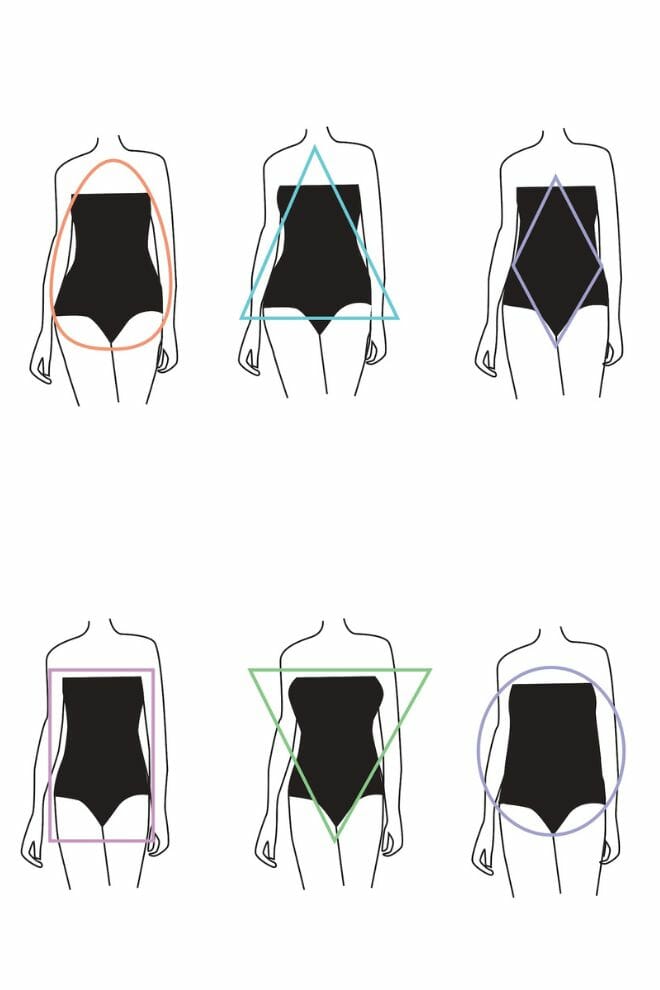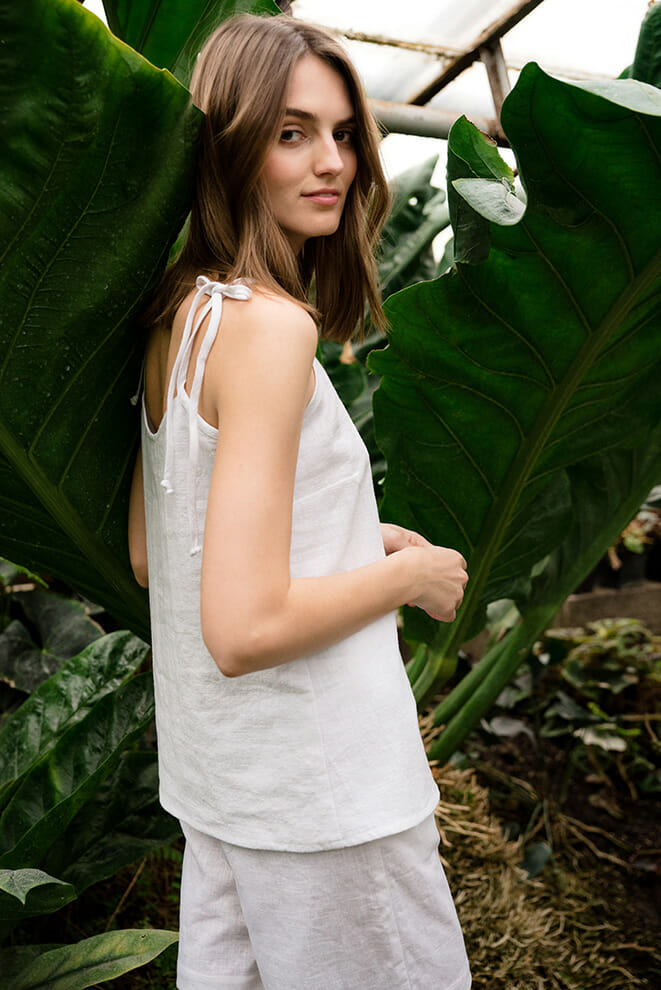Top 10 Main Reasons Why Wool Is Expensive
Because of the benefits of wool, it is a great fabric to wear in the year's colder months. It's warm, it's comfortable, and it comes in a variety of different fabrics - plain wool, patterned wool, tweed and much more.
However, if you're considering buying wool as a fabric for your next purchase, you may be surprised by how expensive yet comfortable it can be.
So why is wool expensive? Here are 10 reasons why its costs increase:
1. Sheep Can Only Produce Limited Amount of Wool
Wool is expensive because it's a natural resource. Wool comes from difficult animals to breed and raise.
It takes a lot of feed, care, and a clean environment for them to grow strong and healthy enough to produce a large amount of wool. Then the shearing process can only be done by hand—you can't just put them in the clippers like you can with regular fabrics.
The cost of shearing and cleaning is that it's delicate enough to need special care to preserve its quality. There's a limit to how much wool a sheep can grow naturally and still be healthy.
Sheep have a natural lifespan of about eight years—meaning that if you want the maximum amount of wool from each sheep you own, you'll have to replace them regularly with new lambs.
When you consider the cost of raising new lambs (as well as taking care of older ones), this starts to add up quickly.
2. The Amount of Time It Takes To Shear Sheep
The process starts with shearing—a crucial step that removes wool's "dead" outer coat. A sheep's yield depends on its breed but generally ranges from 3-5 pounds from an average-sized sheep.
A sheep being sheared for the first time may be frightened by the experience, so when this part takes place, shearers must be especially careful not to cut the animal or pull out any hair accidentally. After the first shearing is over, the rest of the process becomes pretty easy—much easier than growing all that wool in the first place!
3. The Cost of Process
The process of creating yarn from wool is a lengthy one because it involves many stages of the process. These involve:
- Sharing
- Grading and sorting
- Cleaning and scouring
- Carding
- Spinning
- Weaving
- Finishing
First, the wool must be sheared off the animal and cleaned; then it must be sorted and graded; next, it is washed to get rid of any dirt or debris; after that, it must be carded; finally, it can be spun into yarn. This entire process can take from a few days to several weeks and involves many machines, people and processes that add up to a lot of money spent.
4. The Cost of Labor Is High
Wool processing is a labor-intensive process that requires a lot of hands-on work. This means that wool manufacturers must pay their employees more than those producing other types of fabrics.
In fact, according to the National Wool Growers Association (NWGA), "wool is more expensive to grow than cotton or synthetic fibers and requires more time from farmers and ranchers than any other fiber crop."
5. The Time to Process
The process of the fleece must take a long time before it can be used for anything. First, sheep must be sheared during spring or fall shedding periods – which only last about three weeks yearly.
Then the wool must be washed, dried and combed to remove any debris before it can be spun into yarn or woven into cloth. While this process may seem simple enough at first glance, it takes quite a bit of time and effort to complete each step properly – which ultimately drives up its cost!
6. Availability: Wool is not Readily Available
Wool is not a very common fabric in the world. It is produced only by a few breeds of sheep, and these are not bred commercially for wool production, as they are mainly used for meat and milk.
In addition, only about 1% of global wool production goes into apparel production. The fiber of wool is slow-growing, which takes about two years to grow back on the sheep's body. The limited availability of raw materials makes it expensive too. Wool branding is another task that takes much time and increases the cost of production.
7. Supply and Demand
Wool is a very scarce fabric in the world. The demand for wool fabric is very high because it's versatile, durable and breathable. This makes it a valuable resource for clothing manufacturers and consumers looking for high-quality wool clothes.
It takes a long time to raise sheep and shear their wool. This means that only a limited amount of wool is available at any given time. So this creates a situation where there isn't enough wool to meet all the demand. That's why it costs so much money.
8. It Is More Durable Than Other Fabrics
Wool is more durable than most other fabrics because it has natural water-repellent properties that help it keep its shape even after many washes. It also has a higher tensile strength than other fabrics, making it less likely to tear or fray at the seams or during use.
This makes the wool fabric very popular for clothing such as suits and jackets for men and women, coats for both genders, and blankets for babies and toddlers constantly on the move and playing around their environment all day long.
9. The Transport makes it Costly
Once the wool has been spun into yarn, it has to be transported from its source (such as Australia) to where it will be manufactured (such as China).
This takes time, and more money on transportation costs and insurance premiums in case something happens during Transport, such as theft or damage caused by weather conditions like rainstorms or snowstorms (which can happen in wintertime). All these things mean that the different price tag on your favorite sweater goes up even higher.
10. Types of Wool Result in Higher Costs
Different types of wool have different qualities that make them more or less expensive than other wool fabrics. The most expensive wool types are worsted and semi-worsted wool because they are smoother than other wool fabrics, such as tweed or flannel.
Is Wool Worth The Price?
Wool is generally more expensive than synthetic fibers, but it is worth the price because it lasts longer and doesn't shed as much as other fabrics. The cost of wool varies depending on a variety of factors like fibers, materials, finishing properties, and rarity of the wool.
Wool is a natural, sustainable, renewable material and you can dye it into any color you desire. Wool is also very durable and will last for many years and produce high quality wool clothes. You can also find wool made into different fabric types, like tweed and cotton blends. So, if you want something that will last through many seasons, then wool might be the right choice. You can check different natural fiber clothing here.
Conclusion
The final cost of wool depends on many factors, like high-end material, which varies depending on the type of wool and how it is cleaned, dyed and finished. It also can depend on how much waste there is in the finished product and how fine the wool grade is. Even though wool is expensive, it is worth buying.




Leave a comment
This site is protected by hCaptcha and the hCaptcha Privacy Policy and Terms of Service apply.